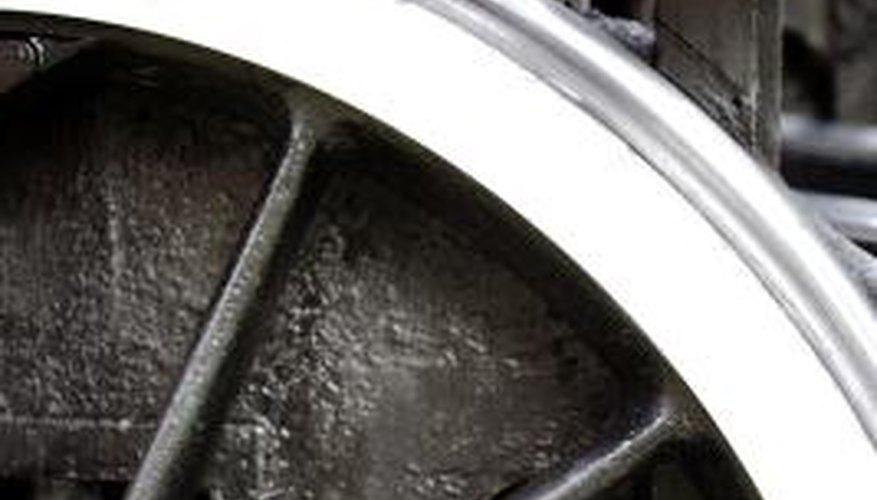White cast iron gets its colouring from perlite mixed into metal and carbon only in the form of carbide in the metal, which prevents industry from melting and moulding the white cast iron as it would other forms of iron. Though brittle, white cast iron still has many advantages over other forms of iron.
Used to Make Malleable Iron
The carbide in white cast iron, when heat treated and pounded, forms long strands of graphite, called temper carbon, in the metal, which converts the white cast iron into a malleable form of iron. Malleable iron can be shaped into various sizes and thicknesses without breaking.
High Temperature Use
According to "Cast Irons," white cast iron leavings make a cost-effective alternative to stainless steel for high heat applications. Casting the white iron into small, intricate parts costs less than creating the same parts from steel. To obtain the best heat resistance, a high-chromium white cast iron with 14 to 28 per cent chromium should be used instead of one with a 3 to 5 per cent nickel and 1 to 4 per cent chromium composition.
- White cast iron gets its colouring from perlite mixed into metal and carbon only in the form of carbide in the metal, which prevents industry from melting and moulding the white cast iron as it would other forms of iron.
- According to "Cast Irons," white cast iron leavings make a cost-effective alternative to stainless steel for high heat applications.
Toughness
White cast iron is incredibly resistant to compression, according to the "Springer Handbook of Mechanical Engineering, which makes it a useful material for coating the outside of materials which constantly face pounding and pressing during their typical use. These include crushers, rolls for rolling mills and train brake shoes.
